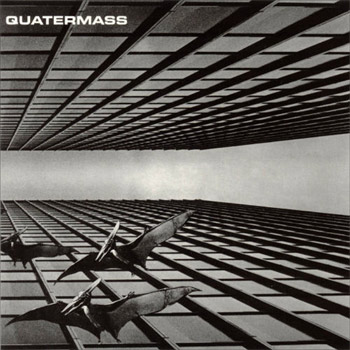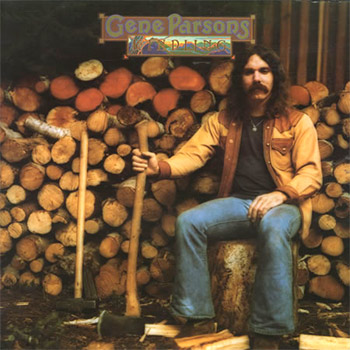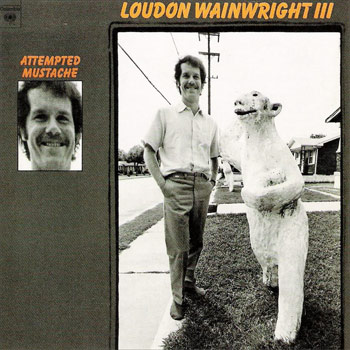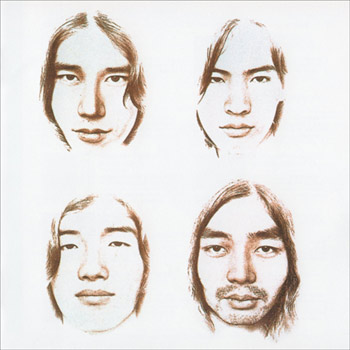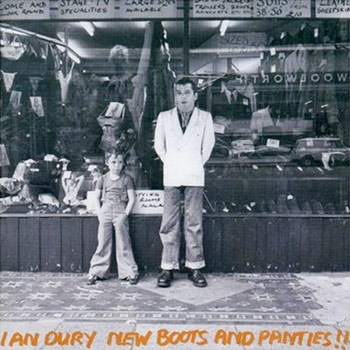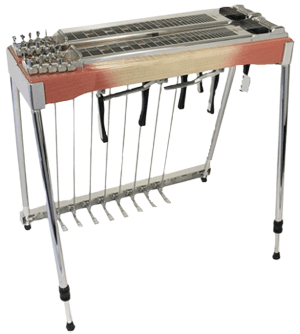uReview: Never Mind The Bollocks Here’s The Sex Pistols
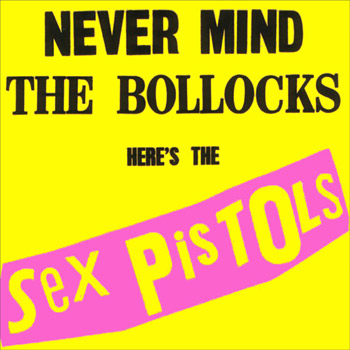
We’ve been on about some great albums from 1977 and I wanted to hear your thoughts on this big fella. Are Never Mind The Bollocks and the Sex Pistols really worthy of their reputation?
[ratings]
“Pretty Vacant”
![]() Vinyl | 1977 | Virgin | search ebay ]
Vinyl | 1977 | Virgin | search ebay ]
![]() MP3 Album | download at amzn ]
MP3 Album | download at amzn ]
